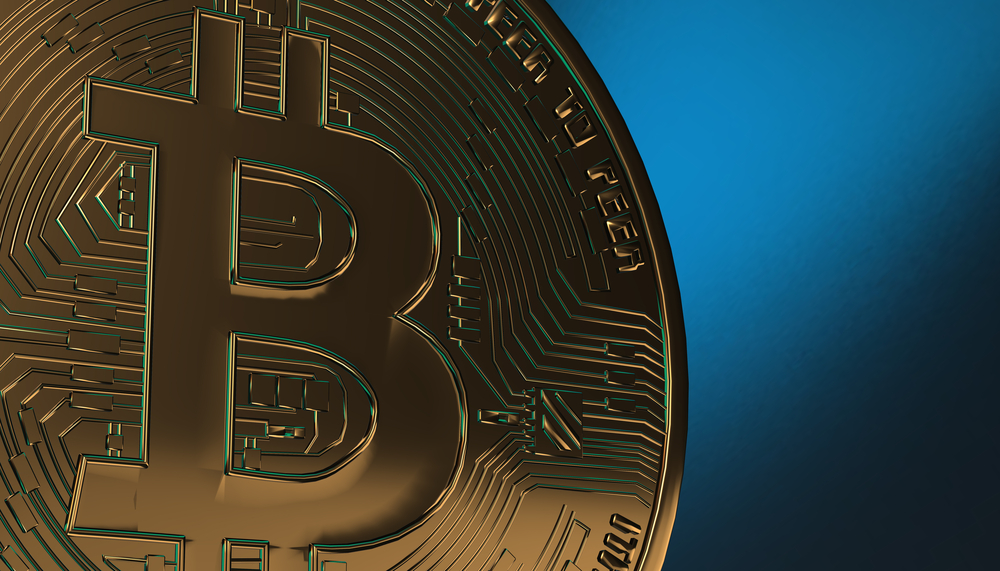It appears the BIP 100 proposal is gaining a lot of attention over the coming weeks. Even though this particular proposal was first introduced back in 2015, it has been relatively quiet regarding this particular solution. Now is a good time to take a closer look at what BIP 100 has to offer and why it is currently gaining any support all of a sudden.
BIP 100 Is An Almost-forgotten Block Size Proposal
Back in 2015, quite a few major mining pools were actively supporting BIP 100 on the network. At that time, the option for a bitcoin scaling solution was either BIP 100 or Bitcoin XT, which never gained that much transaction in the end. Among the pools supporting BIP 100 were F2pool, BitFury, BTCChina, and KnCMIner. Although these pools publicly showed support for BIP 100, the proposal was never fully activated on the network.
Fast forward to today, and it appears some people are trying to revitalize the BIP 100 proposal for some unknown reason. Coin.dance, the platform most people use to check the status of different bitcoin scaling solutions is now keeping track of which pools are signaling for BIP 100. That is a rather surprising turn of events, although, given the current scaling debacle, it is anything but surprising to learn some people are looking at other solutions to solve this problem once and for all.
BIP 100 quickly became a favorite among these mining pools because it offers quite a few interesting concepts. It is also the first proposal that was designed to increase the bitcoin block size altogether. Jeff Garzik is the person responsible for drafting this concept, which does not set a specific block size for bitcoin. In fact, BIP 100 is all about allowing bitcoin miners to vote what the block size limit should be moving forward.
Interestingly enough, this particular proposal takes away a lot of power from the Bitcoin developers and puts it into the hands of miners and other community members. It is good to see an acknowledgment of how developers should not be in charge of every important decision regarding the future of bitcoin, even on the technical front. Then again, putting this power into the hands of bitcoin miners alone may not necessarily be the best idea either. As we have seen with Bitcoin Unlimited and SegWit, some miners are seemingly incentivized to block scaling solutions altogether, and there is no consensus among the mining community whatsoever.
BIP 100’s voting process is of particular interest as well. Before the solution can even activate, it requires 90% miner support, which seems incredibly difficult to achieve right now. However, assuming it activates, a hard fork will be triggered immediately. All miners can then include a message in every block to indicate their future block size preference. All bottom votes are discarded every 12,000 blocks, and the minimum proposed size will automatically become the new norm.
It is also important to note the block size can only be doubled or halved at any given time. There is a 32MB hard limit to take into account, although that shouldn’t be reached anytime soon. There is the risk of a 21% voting attack where miners collude to keep block sizes small at all times. As of right now, the BIP 100 proposal has gained 0.9% support from miners, which indicates the concept will not activate anytime soon. Then again, the proposal has some interesting aspects, and it will be interesting to see how this situation evolves over the coming months.
If you liked this article, follow us on Twitter @themerklenews and make sure to subscribe to our newsletter to receive the latest bitcoin, cryptocurrency, and technology news.

